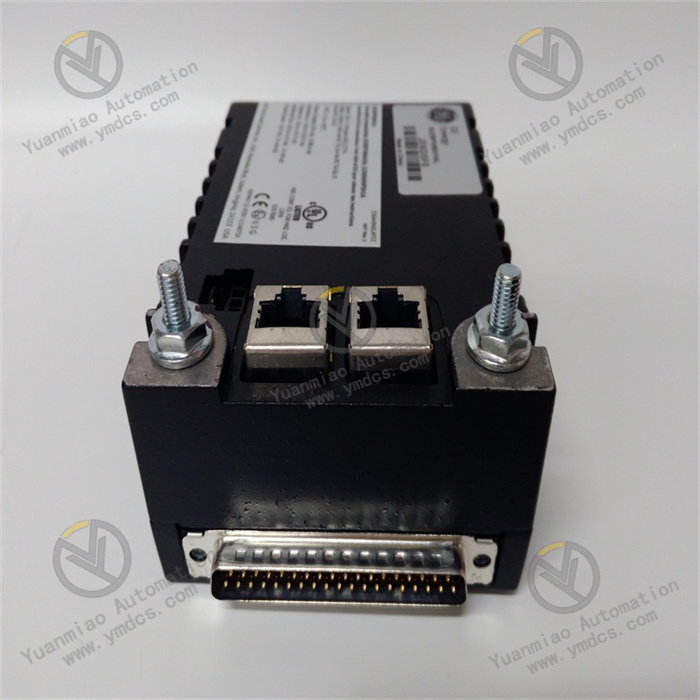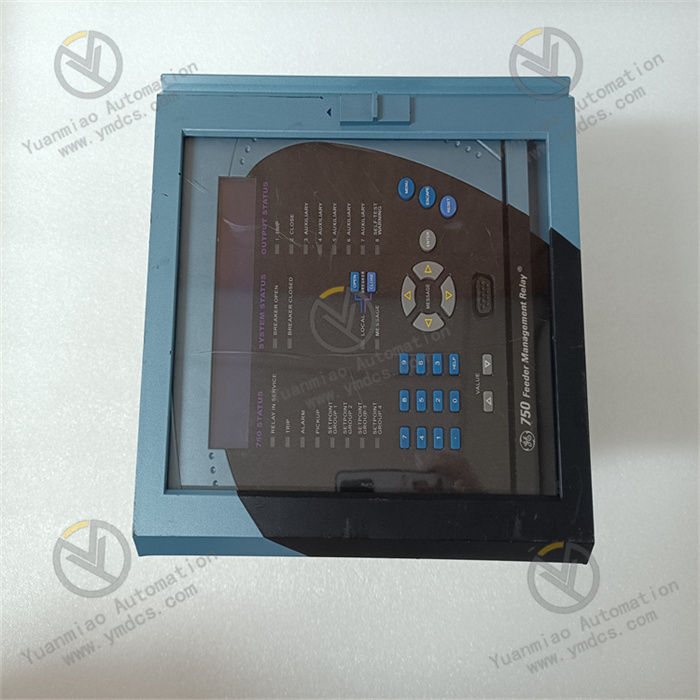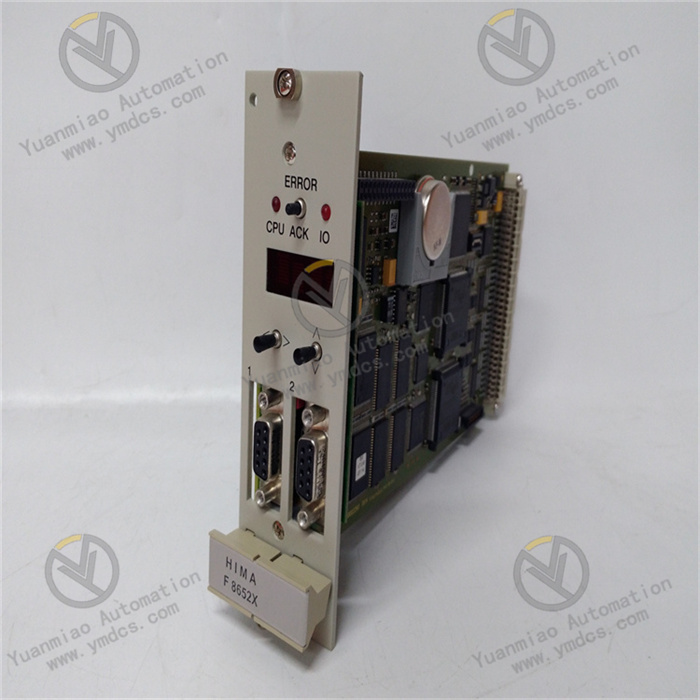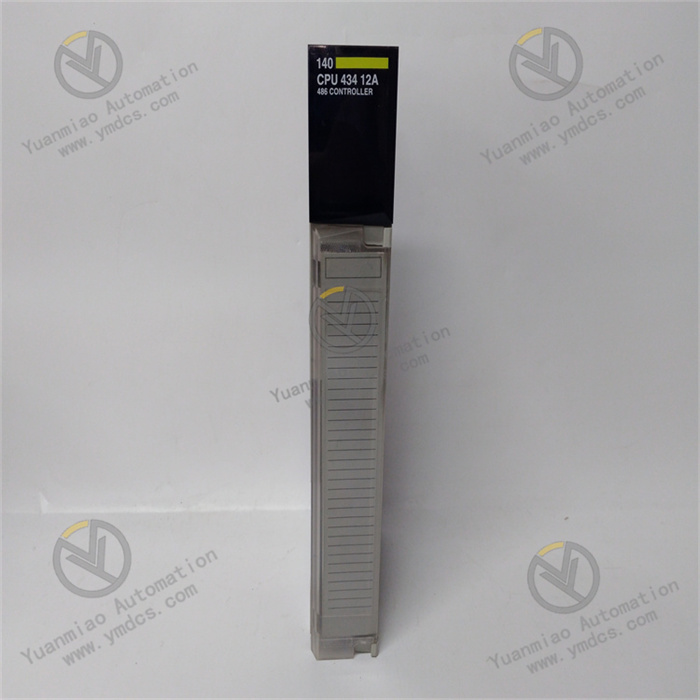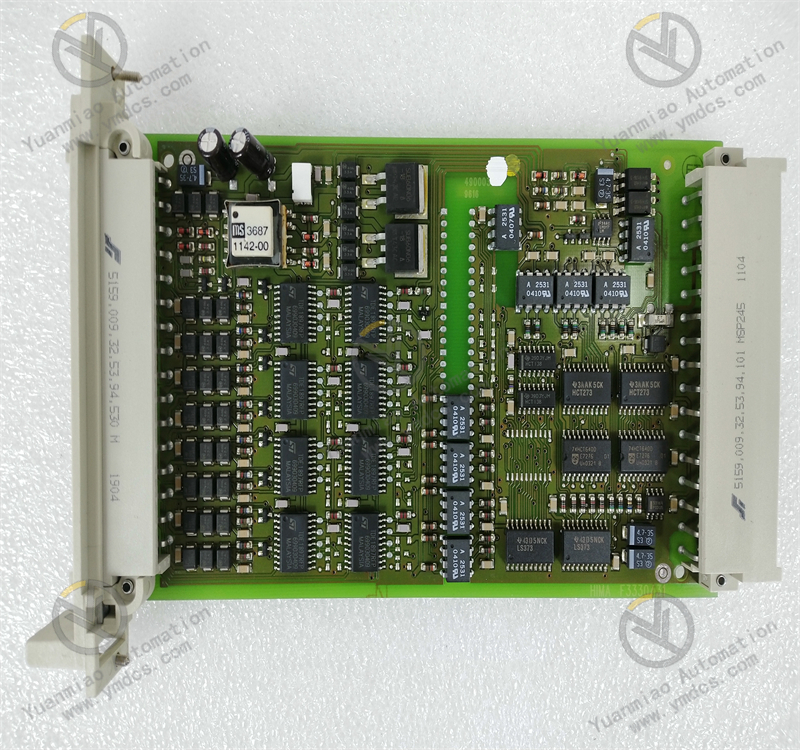Description
GE IS220PVIBH1AL
GE IS220PVIBH1AL is a high-sensitivity vibration monitoring module. Its core positioning is to address the key requirements of large-scale turbine equipment (such as gas turbines, steam turbines, and industrial turbines) for "high-precision acquisition of vibration signals, extraction of fault characteristics across multiple frequency bands, data reliability under complex operating conditions, and safety interlocking for excessive vibration". Within the industrial automation system, this module focuses on the real-time monitoring and analysis of core vibration parameters of turbines, including rotor vibration and bearing vibration. Through high-resolution acquisition and professional vibration algorithms, it captures minor vibration anomalies during turbine operation (such as rotor unbalance, bearing wear, and misalignment). It provides an integrated solution of "vibration monitoring + fault diagnosis + safety interlocking" for turbine equipment in industries like electric power, petrochemicals, and metallurgy (e.g., gas turbine generator sets above 100MW, turbines of compressor units in petrochemical plants, and turbines of blast furnace blowers in iron and steel plants). Compliant with the API 670 turbine vibration monitoring standard and IEC 61508 SIL 2 safety level, it reduces the risk of turbine equipment damage or unplanned shutdowns caused by excessive vibration.
GE IS220PVIBH1AL monitors the rotor radial vibration in real time (measurement range: 0-500μm, accuracy: ±1μm). When the rotor experiences unbalanced vibration (increasing from 20μm to 80μm) due to blade fouling, the module issues an early warning 15 days in advance through the analysis of the 1x frequency vibration component. Maintenance personnel then clean the blades promptly, preventing the vibration from further rising to 120μm (shutdown threshold) which would cause unit tripping (a single trip results in losses exceeding 500,000 yuan). In the steam turbine system of a catalytic cracking unit in a petrochemical plant, the module monitors the bearing vertical vibration (frequency range: 0.1-10kHz) and detects abnormal high-frequency vibration components (above 5kHz), identifying bearing raceway wear 20 days in advance and avoiding turbine shutdown caused by bearing seizure (a single shutdown results in losses exceeding 3 million yuan). In the turbine system of a blast furnace blower in an iron and steel plant, IS220PVIBH1AL operates stably in an environment with alternating high and low temperatures (-10℃~70℃) and high dust levels, with a Mean Time Between Failures (MTBF) of ≥600,000 hours, meeting the high reliability requirements of turbine equipment for 24/7 continuous oxygen supply to the blast furnace.
GE IS220PVIBH1AL adopts an industrial-grade reinforced modular architecture, with dimensions of 120mm×80mm×40mm. It is compatible with the standard 3U rack (19-inch rack installation) of the GE Mark VI/Mark VIe system and supports parallel expansion of multiple modules (maximum 16 modules per rack), satisfying the multi-measurement point vibration monitoring needs of large turbines. Its core adopts a dedicated vibration monitoring architecture of "4 vibration signal inputs + 2 keyphasor inputs + 2 alarm outputs". Each vibration channel is equipped with a 24-bit AD converter and a dedicated anti-aliasing filter, supporting the input of various vibration sensors such as piezoelectric acceleration sensors and eddy current displacement sensors. The housing is made of UL94 V-0 grade flame-retardant alloy material, with a built-in electromagnetic shielding layer and dust-proof sealing strips, achieving an IP20 protection level to enhance electromagnetic interference and dust protection in industrial sites. The operating temperature range is -10℃~70℃, the relative humidity is 5%~95% (no condensation), and the storage temperature range is -40℃~85℃. Internally, it adopts a "channel-level independent isolation + power filtering" design. The isolation voltage between the vibration signal channel and the backplane bus is ≥2kVrms, and the ESD protection is ±15kV (air discharge), effectively resisting electromagnetic interference generated by high-voltage frequency converters and large motor startups. It is compatible with the GE Control System Toolbox programming software, supports seamless connection with the Mark VIe controller via the PROFINET bus, and enables online vibration analysis and fault diagnosis, reducing the difficulty of system integration.
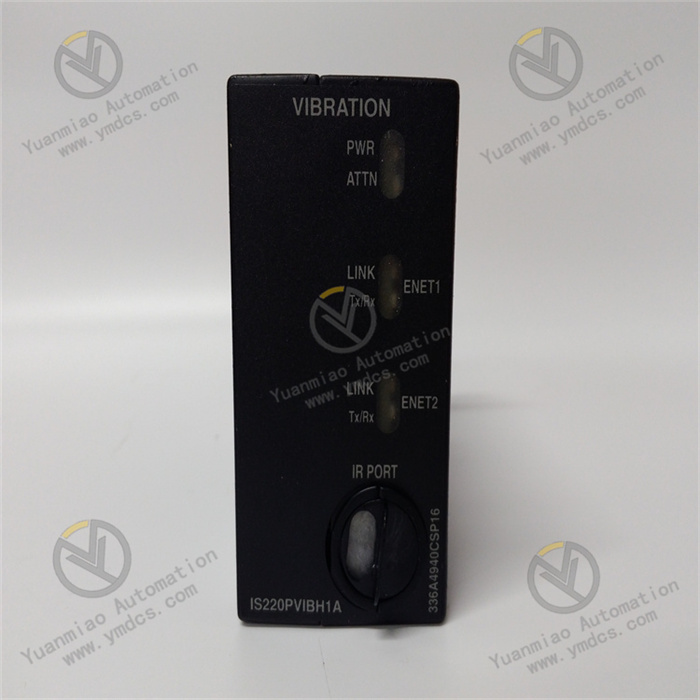
With "accurate capture of vibration anomalies" as its core, IS220PVIBH1AL achieves full-dimensional monitoring of turbine vibration through high-resolution acquisition and professional algorithms:
- Compatibility with multiple sensor types: The 4 vibration channels can simultaneously connect to piezoelectric acceleration sensors (for monitoring bearing vibration velocity) and eddy current displacement sensors (for monitoring rotor radial displacement). In a gas turbine system, 2 channels monitor rotor radial displacement (0-500μm), and 2 channels monitor bearing vertical/horizontal vibration velocity (0-200mm/s), covering key vibration measurement points of the turbine without additional modules.
- High resolution and wide frequency response: With 24-bit sampling resolution and a frequency response of 0.1Hz-10kHz, it can capture tiny displacement changes of 0.1μm and acceleration fluctuations of 0.01g. In a steam turbine system, the module detected that the rotor vibration slowly increased from 25μm to 35μm (with the 1x frequency component accounting for over 80%), identified it as rotor unbalance, and issued an early warning 15 days in advance.
- Multi-dimensional vibration analysis: It supports real-time value monitoring, spectrum analysis, order analysis, and trend analysis. Maintenance personnel can intuitively identify fault characteristics (such as high-frequency harmonics for bearing faults and 2x frequency components for misalignment) through spectrum diagrams. In a compressor turbine system, abnormal 3x frequency vibration components were detected via spectrum analysis, leading to the identification of gearbox meshing faults and prevention of equipment damage.
Targeting the characteristic of turbine vibration that "exceeding limits equals risk", the module achieves upgraded safety protection through hierarchical alarms and rapid interlocking:
- Dual-level alarm threshold configuration: It supports dual-level alarms ("Early Warning" for approaching fault thresholds and "Danger" for exceeding fault thresholds). In the turbine of a blast furnace blower, the vibration velocity early warning value is set to 4.5mm/s and the danger value to 8mm/s. When the vibration rises to 4.5mm/s, an audible and visual early warning is triggered to remind maintenance personnel to inspect; when it rises to 8mm/s, a shutdown interlock is activated to cut off the turbine power supply.
- Millisecond-level alarm response: The alarm response time is ≤100ms. Combined with hardware-level alarm circuits, in a gas turbine overspeed vibration scenario (vibration value suddenly rising to 120μm), the module triggered a shutdown interlock within 0.08 seconds, avoiding rotor overspeed accidents (a single accident results in losses exceeding 10 million yuan).
- Alarm linkage and data caching: When an alarm is triggered, it automatically caches 5 seconds of vibration time-domain data and spectrum diagrams before and after the alarm, facilitating post-event analysis of fault causes. After an abnormal vibration alarm in a turbine, cached data revealed that the vibration peak occurred at a specific phase of the keyphasor signal, leading to the identification of rotor misalignment and rapid localization of the fault point.
Aiming at the harsh industrial site conditions of "wide temperature range, strong electromagnetic interference, and high dust levels", the module ensures stable operation through reinforced hardware design:
- Wide temperature adaptation and low-temperature startup optimization: With an operating temperature range of -10℃~70℃ and industrial-grade components (capacitors with a temperature resistance of -55℃~125℃), the module starts up within ≤3s in outdoor turbine control cabinets in northern winters (-10℃) without attenuation of vibration measurement accuracy. In high-temperature workshops in southern summers (70℃), the internal temperature is 10℃ lower than the ambient temperature through optimized PCB heat dissipation paths, ensuring sampling stability.
- Strong electromagnetic interference protection: With 2kVrms channel isolation and ±15kV ESD protection, it resists electromagnetic interference generated by high-voltage frequency converters and large motors. In the turbine system of a rolling mill in an iron and steel plant, where there are 10kV high-voltage motors nearby, the signal-to-noise ratio of the vibration signals collected by the module is ≥65dB, with no false fluctuations.
- Dust and corrosion protection: With an IP20 protection level and sealing strip design, no dust entered the internal circuit during 2 years of continuous operation in the turbine system of a cement plant (high dust concentration). The PCB adopts a conformal coating, which effectively resists salt spray corrosion in coastal power plants (high salt spray environment) and extends the module's service life.
Through user-friendly design and professional tools, it reduces the difficulty of vibration monitoring and fault diagnosis:
- Graphical configuration and online analysis: The Control System Toolbox software provides an intuitive interface for configuring vibration ranges, filter parameters, and alarm thresholds, and supports online viewing of real-time spectrum diagrams and trend curves. During the commissioning of a power plant, maintenance personnel completed the configuration of a single module within 30 minutes and quickly verified the correctness of sensor installation through online spectrum analysis.
- Automatic fault characteristic identification: It has a built-in fault characteristic database, which can automatically identify common issues such as rotor unbalance, misalignment, and bearing faults, and generate diagnostic reports. In a turbine system, the module detected that the 1x frequency vibration component accounted for over 90%, automatically marking it as "rotor unbalance". Maintenance personnel performed dynamic balance correction according to the prompt, quickly resolving the fault.
- Remote monitoring and data sharing: It supports remote reading of vibration data and diagnostic reports via the PROFINET bus. In cross-regional power plants, technical personnel at the headquarters can remotely monitor the vibration status of turbines in different locations without on-site inspections. It also supports connection to equipment health management platforms, enabling centralized analysis and trend early warning of vibration data from multiple turbines.
![]()




